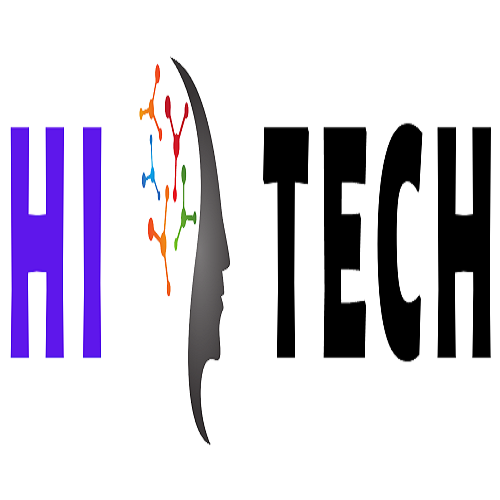Introduction:
The
evolution of communication technology has made it possible for people to stay
connected with each other across vast distances. The development of mobile
technology has taken communication to a whole new level, allowing individuals
to stay connected on the go. With the introduction of 3G technology, mobile
communication has become faster and more reliable, making it easier for people
to communicate with each other from any location.
What is 3G technology?
Third-generation
or 3G technology is a wireless communication technology that allows high-speed
data transfer and enables multimedia applications such as video calling, mobile
TV, and mobile gaming. It is an improvement over the previous 2G technology
that only supported voice calls and limited data transfer.
Features of 3G technology:
Some
of the features that make 3G technology stand out include:
High-speed data transfer: 3G technology allows data transfer
rates of up to 2Mbps, making it much faster than the previous 2G technology.
This high speed enables fast internet browsing, downloading of large files, and
smooth video streaming.
Multimedia support: 3G technology enables multimedia
applications such as video calling, mobile TV, and mobile gaming. It also
supports high-quality audio and video streaming, making it ideal for
entertainment purposes.
Global Roaming: 3G technology supports global roaming, allowing
users to access their services from anywhere in the world where 3G technology
is available.
Security: 3G technology provides enhanced security features such as
encryption, making it more secure than the previous 2G technology.
Advantages of 3G technology:
The
advantages of 3G technology are numerous, and they include:
Faster data transfer: With 3G technology, data transfer
is much faster, enabling users to browse the internet, download files, and
stream videos seamlessly.
Better Multimedia support: 3G technology supports multimedia
applications such as video calling and mobile TV, making it more attractive for
entertainment purposes.
Global roaming: 3G technology supports global roaming, making
it easy for users to stay connected even when they are traveling abroad.
Enhanced security: 3G technology provides enhanced
security features such as encryption, making it more secure than the previous
2G technology.
Applications of 3G technology:
3G
technology has found applications in various fields, including:
Communication: 3G technology has revolutionized the way
people communicate with each other, making it easier and faster to stay
connected with friends and family.
Entertainment: 3G technology enables multimedia applications
such as mobile TV and mobile gaming, making it an excellent platform for
entertainment.
Education: 3G technology can be used in education to provide online classes
and lectures, enabling students to learn from anywhere.
Healthcare: 3G technology can be used in healthcare to
provide remote patient monitoring and telemedicine services.
History of 3G Technology:
While
3G technology has been around for over two decades, it has continued to undergo
improvements and upgrades. One of the notable upgrades is the introduction of
High-Speed Packet Access (HSPA), which is an advanced version of 3G technology.
HSPA provides faster data transfer rates, making it possible to achieve speeds
of up to 21 Mbps.
Improvement in 3G Technology:
Another
notable improvement is the introduction of 3GPP Long-Term Evolution (LTE)
technology, which is often referred to as 4G. LTE offers even faster data
transfer rates, lower latency, and more reliable connectivity than 3G
technology. It is also more efficient in terms of spectrum usage, making it
possible to support a larger number of users with faster data transfer rates.
LTE:
Despite
the introduction of more advanced technologies such as LTE, 3G technology
continues to be used in many parts of the world. This is due to various factors
such as cost, infrastructure, and the fact that some applications and services
do not require the high speeds offered by LTE.
UMTS:
One
of the key features of 3G technology is its ability to support multimedia
applications such as video calling, streaming video, and music. This was made
possible by the introduction of Universal Mobile Telecommunications System
(UMTS) technology, which is the air interface standard used by 3G networks.
UMTS
provides faster data transfer rates than its predecessor, Global System for
Mobile Communications (GSM), which was used by 2G networks. UMTS uses a
different radio frequency spectrum than GSM, allowing it to offer higher data
transfer rates and better quality of service.
Security Measures:
Another
important feature of 3G technology is its improved security measures compared
to 2G. 3G networks use stronger encryption algorithms, making it harder for hackers
to intercept and decipher communication data.
In
addition, 3G technology supports various other features such as global roaming,
location-based services, and advanced messaging. These features have enabled
the development of new applications and services such as mobile banking, mobile
healthcare, and mobile commerce.
Development of Smartphones:
3G
technology also paved the way for the development of smartphones, which have
become ubiquitous in today's society. Smartphones combine the capabilities of a
phone, computer, and multimedia device into one portable device, allowing users
to access a wide range of services and applications from anywhere.
Overall,
3G technology has had a profound impact on mobile communication, enabling
faster data transfer rates, multimedia support, enhanced security features, and
a wide range of new applications and services.
Conclusion:
3G
technology has revolutionized the way people communicate, making it faster and
more reliable. With its high-speed data transfer, multimedia support, and
enhanced security features, 3G technology has found applications in various
fields, including communication, entertainment, education, and healthcare. As
technology continues to evolve, we can expect to see more advancements in
mobile communication technology, making it even easier and faster to stay
connected with each other.










0 Comments